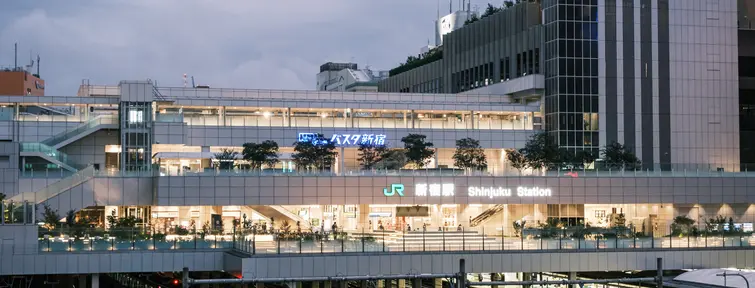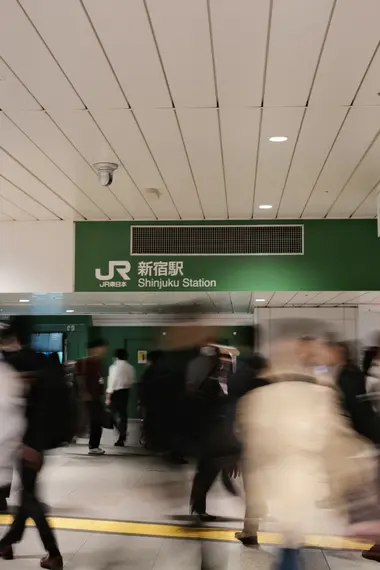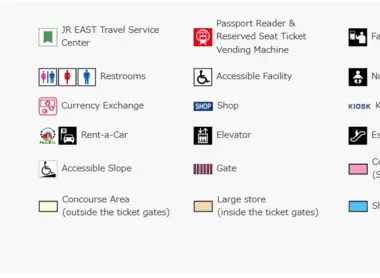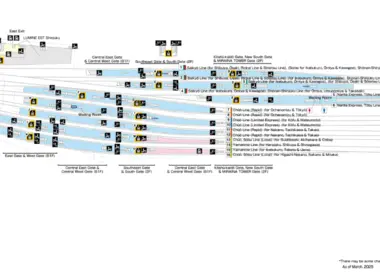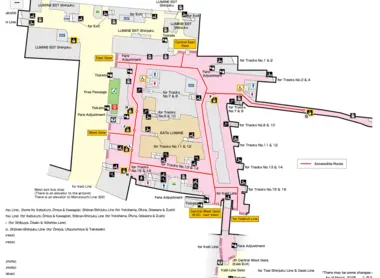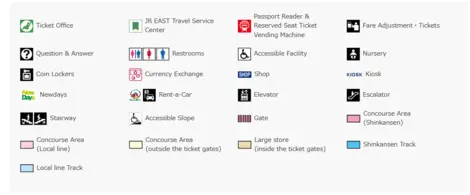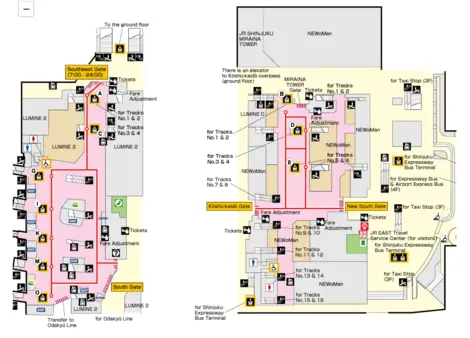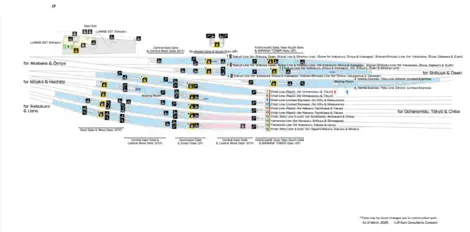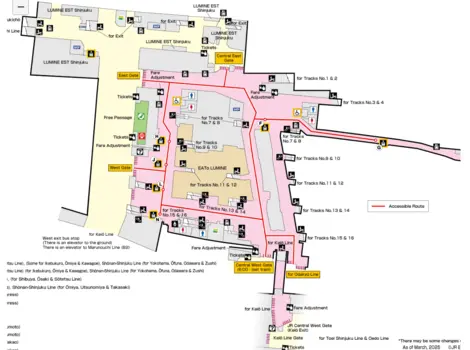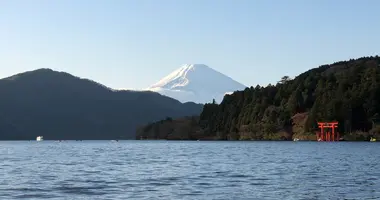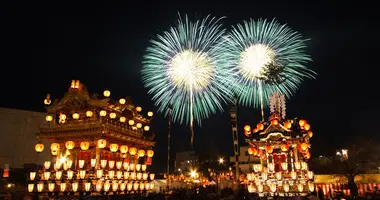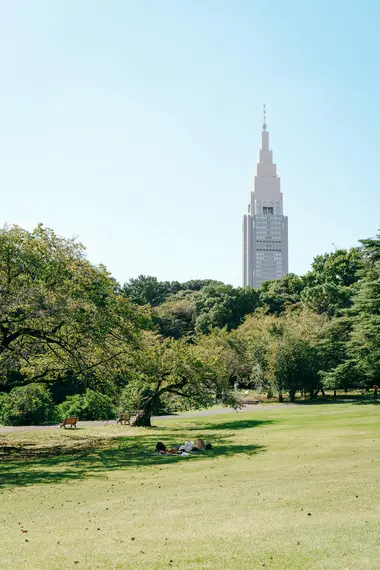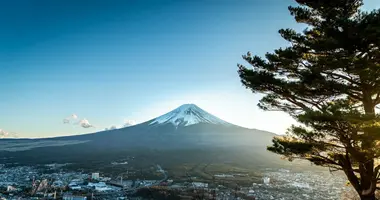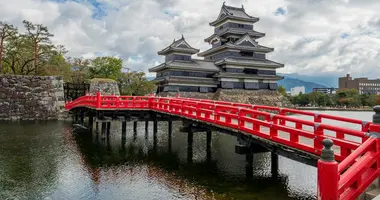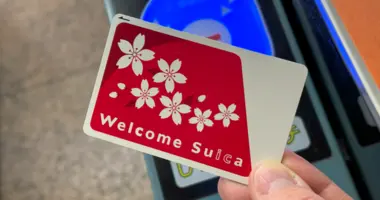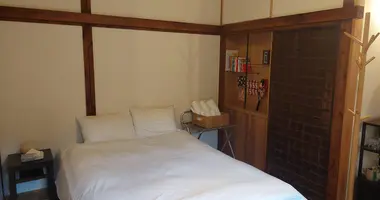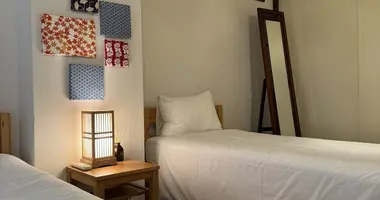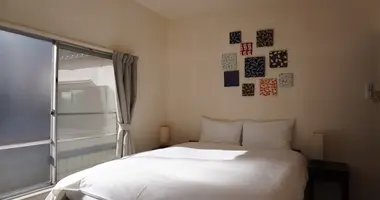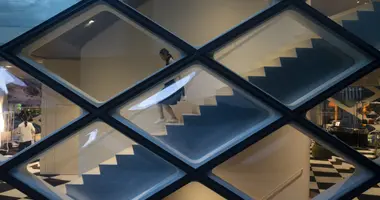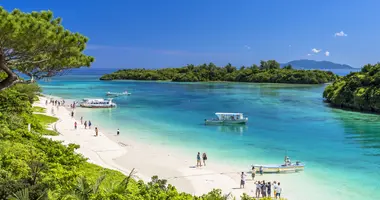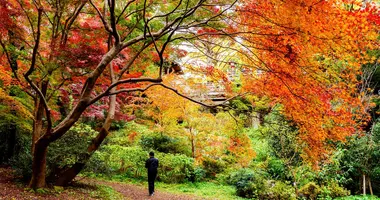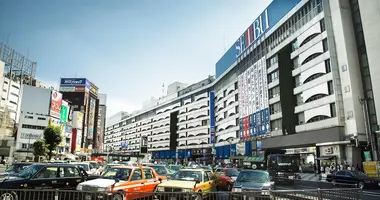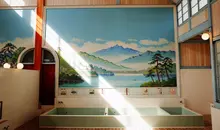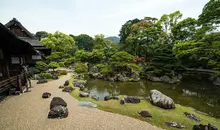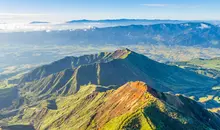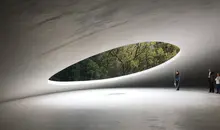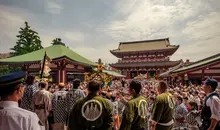Shinjuku Station
- Published on : 20/06/2024
- by : S.R.
- Youtube
West of Tokyo, Shinjuku Station is a sight to behold. Its endless hallways, dozens of exits, and millions of daily passengers (yes, millions) make it the busiest station in the world. How do you find your way through this bustling hub of commute and commerce? Japan Experience is here to guide you.
The world's largest station
Shinjuku Station is a gigantic transportation hub that brings together more than a dozen train lines, operated by various railway companies:
JR East Line
- Yamanote Line (山手線)
- Chūō Line (中央線 Rapid & Local)
- Sōbu Line (総武線 Local & Rapid)
- Saikyō Line (埼京線)
- Shōnan-Shinjuku Line (湘南新宿ライン)
Subways
- Toei Shinjuku Line (都営新宿線)
- Toei Ōedo Line (都営大江戸線)
- Tokyo Metro Marunouchi Line (東京メトロ丸ノ内線)
Private companies
- Odakyu Odawara Line (小田急小田原線)
- Keio Line (京王線)
Its density makes it a prime location for commuting to the four corners of Tokyo, as well as to the suburbs, where thousands of commuters live. More than 3.5 million people pass through every day! This makes it the busiest station in the world.
Five operators (JR East, Odakyû, Keio, Toei and Tokyo Metro) lead to different ends of the city:
- In the north, to Kawagoe (Saitama prefecture) and Utsunomiya (Tochigi prefecture) via the Saikyô and Shônan-Shinjuku lines
- In the south, to Yokohama (Kanagawa prefecture), via the Shônan-Shinjuku line
- To the east, with the Chuô-Sôbu line, which leads to the city of Chiba (Chiba Prefecture)
- To the west on the same line, towards Mitaka and the western suburbs (Takao, Hachioji, Musahino)
Take advantage of rail passes from Shinjuku Station to visit Tokyo's outskirts
Lines such as the Yamanote, Ôedo and Marunouchi Lines provide connections across the capital, while a number of "satellite" stations near Shinjuku station are accessible via connecting corridors, such as Seibu-Shinjuku, Nishi-Shinjuku, Shinjuku Nishiguchi, Shinjuku Sanchôme and Tochômae stations.
Four major exits
Shinjuku covers a vast area. In this respect, it is the second-largest station in the world after Nagoya. Although it comprises almost 200 exits—which can be daunting for even the most seasoned of commuters—it is divided into four main exits.
- East exit
Accessing the Lumine Est shopping center, this is the busiest exit. It overlooks the Kabuki-chô district and the dynamic center of the Shinjuku district. It's a short walk to Seibu-Shinjuku station and its eponymous line.
- West exit
This leads to the business district, with its skyscrapers, corporate headquarters and shopping streets. This is where you'll find Tokyo's metropolitan government (City Hall) and its panoramic observatory.
- South exit
This exit houses the Shinjuku bus station and Lumine 2 shopping mall. It is also the gateway to Shinjuku Southern Terrace, a shopping alley that is much in demand for its Christmas illuminations.
- North exit
The northern exit leads to quieter neighborhoods, as it connects to the Takadanoba district, home to many Waseda University students.
For easy train travel in the rest of Japan from Shinjuku:
History of the station
Shinjuku Station opened in 1885, on the line that would later become the Yamanote Line. Over the decades, it welcomed more and more lines. Its growth, which continued after the Second World War, eventually made it the busiest station in the world.
Want to learn more about transportation in Japan? Subscribe to our newsletter and follow us on Instagram.
